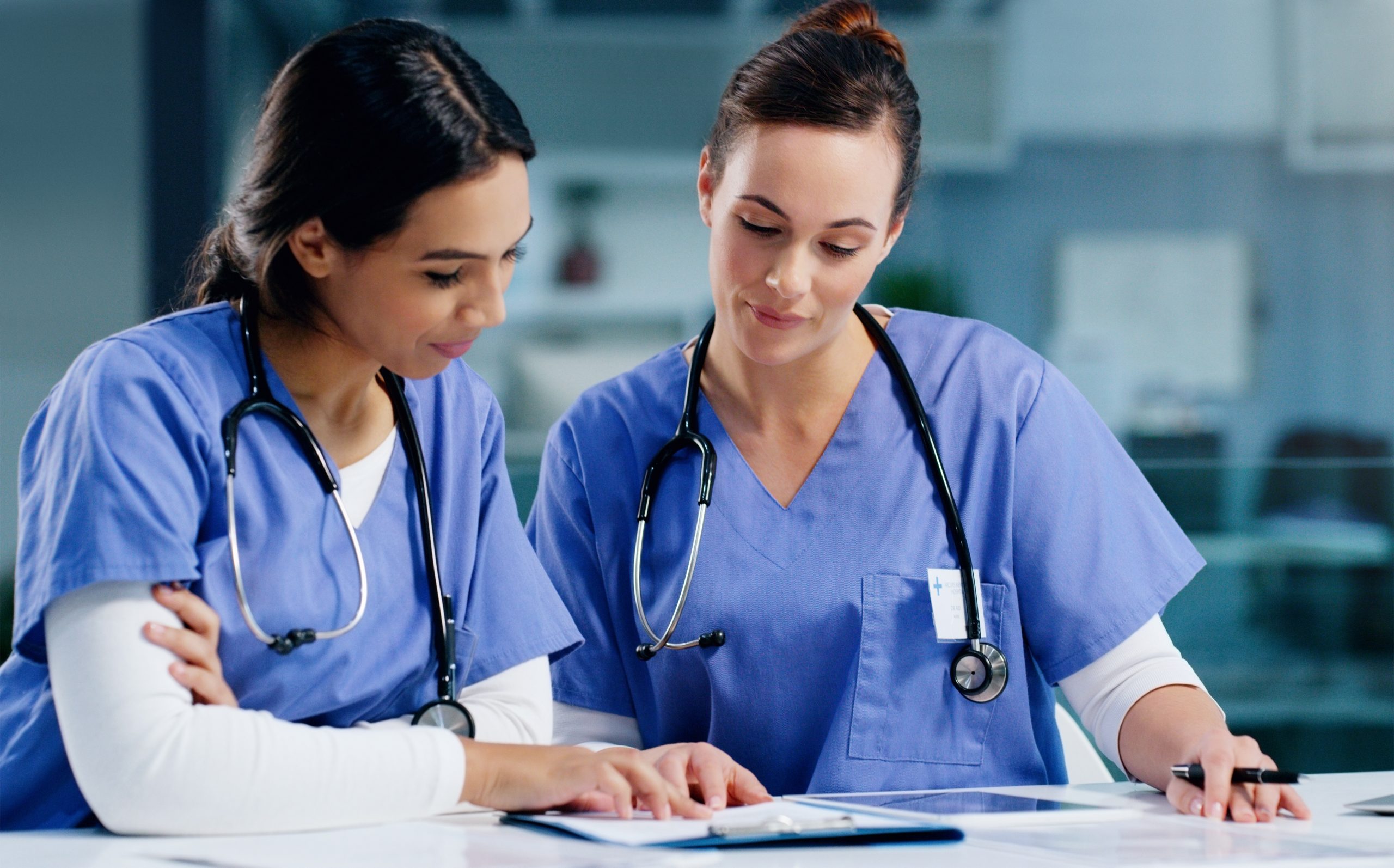Distance Runners
Step 2: Organize your Presentation according to the following outline below. Look to include each of these areas related to your chosen culture, along with the specific categories included in the Cultural Practices Presentation Scoring Rubric (on the last page). Your outline and scoring rubric will help ensure you include all of the required graded criteria for your presentation. The outline is not to be turned in. However, if you need assistance with or clarification about the outline and resulting presentation, please contact your instructor.
I. Create 3-5 learning/behavioral objectives aligned with your presentation. You will include these at the beginning of your presentation. What do you want your viewers to learn by the end of your presentation? For assistance in writing learning objectives, please access the PDF in the “Assignments, Projects and Rubrics” module in our Canvas course titled “Writing Learning Objectives” from the Association of American Medical Colleges (AAMC).
II. Begin with a brief description of key historical or background points related to the culture or sub-culture you have researched. Include population statistics to give viewers a broader understanding of your group.
III. Define Health and Illness: Apply the 8 Dimensions of Wellness to explain what it means to someone from your culture or subculture to be healthy or ill? Are there specific criteria that are essential for your group to feel that they are well or sick?
IV. Health Care Practices and Resources: Describe the type of healthcare system and services typically available to your culture/sub-culture. You may want to contrast the health care available in the US versus what is practiced in the native country, depending upon the group you have chosen. Do members of your culture/sub-culture generally have access to acceptable and affordable health care or are there obstacles? Explain.
V. Health Concerns & Circumstances: Identify the greatest health concerns for this cultural group by citing prevalence and incidence rates (health-related statistics) for health problems. Some concerns may be related to circumstances (geographical area, living conditions, socio-economic status, etc.), while others may be due to factors such as genetic predisposition.

VI. Behaviors & Beliefs: Identify beliefs, values behaviors and/or social practices favoring health and those negatively influencing health among the culture/subculture.
VII. Socio-Cultural Factors: Research health risks typical within the culture/subculture. Describe motivating socio-cultural factors that influence risk and/or why someone might engage in “risky behaviors” to gain something deemed more important (e.g. gender, status, economic need, moral code). Include any “rites of passage” or traditional practices that might apply that places people from your culture at risk. Here are 2 examples:
#1: Preparing/serving certain foods high in fat may influence risk for obesity, diabetes, or cardiovascular disease but those foods are culturally important to maintain social role and identity; not following tradition means risking loss of social standing and identity
#2: Youth involved in violence risk injury or fatality, but violence plays an important role in symbolizing power and esteemed social roles. Not engaging in violence means risking victimization, low social status, and low access to certain resources.
VIII. Introduce a hypothetical character through which you will explain how one would provide culturally competent care for someone within your culture/subculture via a short story. Develop your character by utilizing information gleaned from your interview; suggested areas to cover include your character’s general belief system, their age, gender and family structure, gender roles, sexuality and any ethno-medical beliefs. The use of a character is to humanize the conditions and practices of your cultural group.
IX. Culturally Competent Health Care: Conclude by describing what is necessary to uj culturally competent health care and/or services to your culture/sub-culture. This should be addressed in two areas:
a) Consider how to communicate, including language, how to address your patient or their family members, the use of eye contact, shaking of hands, etc. Think about what you need to do and understand prior to your patient trusting in your care. What do you need to do to communicate that your primary goal is to first understand your client?
b) What types of services, organizations, etc. would be helpful in addressing some of the health-related needs of your chosen culture/subculture? If applicable, identify government programs at Food Research Action Center (http://frac.org/programs) that would support their culture, but also consider outside organizations and services that may assist in other ways. Design this portion of your presentation with the idea in mind that you would be providing information to a client from your chosen culture/subculture with the intention to help improve his/her situation.
X. References: Remember, this is a research presentation. It is required that you include qualitative (e.g. interviews with people who are in or experienced with people in your cultural group or personal observations) and quantitative data (citing scientific research). Include in-text citations within your presentation and a reference list in AMA format to identify your source of information at the end of your presentation. Use at least 7 references including at least 1 professional journal article and at least 1 interview with a person who is knowledgeable about your chosen cultural group (or recorded interview for someone who is either from your chosen group or is familiar with the group). Examples of relevant journals include: The Journal of Transcultural Nursing; Social Science and Medicine; Western Journal of Nursing; Journal of the Academy of Nutrition and Dietetics; Annals of Internal Medicine; Occupational Therapy International; Annals of Family Medicine; Cultural Anthropology. Also utilize public health websites and document them fully.
You are required to use the writing style of the American Medical Association. This means that you will identify the sources of your information on each slide, using numbered citations, with a full reference list at the end. Do not let the citation of sources overwhelm your slides. AMA format style is recommended because reference numbers identify sources in-text, which minimizes space on your slides.
Step 3: Develop Your Presentation based on the information you gathered and included in your outline. Your presentation should last approximately 15 minutes if you were to read the slides and accompanying notes sections where appropriate, but there is no minimum or maximum number of slides required. * Slides should be informative, yet easy to read, and follow your Outline . Please use the “notes” option on slides that have a lot of information when needed so that it doesn’t clutter up the slide itself (if that option is available; you can also include an additional notes handout for your presentation reviewers along with your presentation if not), or add audio if you prefer narrating your presentation. Audio is optional, however.
Step 4: Submit your Presentation.
a. Post your presentation to the Cultural Practices Presentation assignment link in Canvas by the published presentation due date (as specified in the course Schedule/Calendar).
b. Receive four randomly assigned peer presentations to review the morning after the presentation due date and score in two steps, using the Canvas grading rubric (Step 1) and Google docs link (Step 2) by the published due date (as specified in the course Schedule).
Step 5: Scoring: The Cultural Practices Presentation is worth 100 points total; 80 points for the presentation and another 20 for your four peer-evaluations and one self-evaluation.
Presentations must be understandable, compelling, informative and provide a concise synthesis of the research on their topics. Overall visual appeal, including organization and use of graphics are important to communicating your message. It must contain college-level writing with few to no grammatical, spelling or punctuation errors, so PLEASE check your work prior to submitting (NO TEXT-SPEAK!).
IMPORTANT: Presentations must be respectful of the culture and/or subculture in which they are representing and/or discuss. Information that could be considered offensive to others may result in removal of a student’s presentation from the class and further steps as indicated by the ASU Discrimination Policy. Remember that as a student at ASU you represent the University, so 7 presentations respectful, non-judgmental, evidence-based and objective.
-
Investigate an area of personal interest related to cultural health.,
-
Locate and identify resources that providers may access when caring for a specific cultural or subcultural population.,
-
Investigate opportunities and challenges that a specific culture or subculture face in obtaining and utilizing unbiased healthcare.,
-
Report specific beliefs, customs, and behavioral patterns of a culture or subculture.,
-
Relate strategies to address the unique health care needs among various cultures or subcultures.








